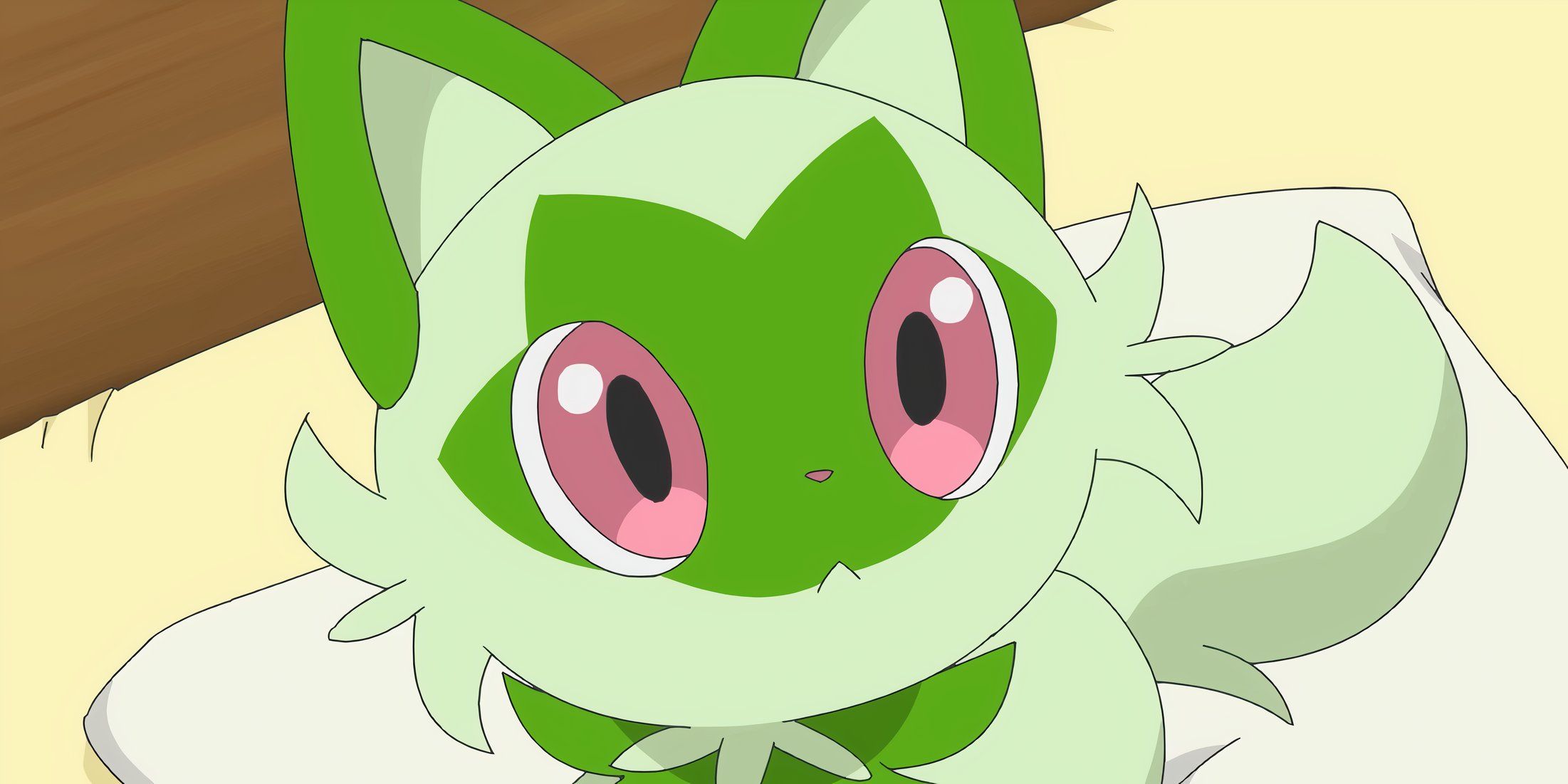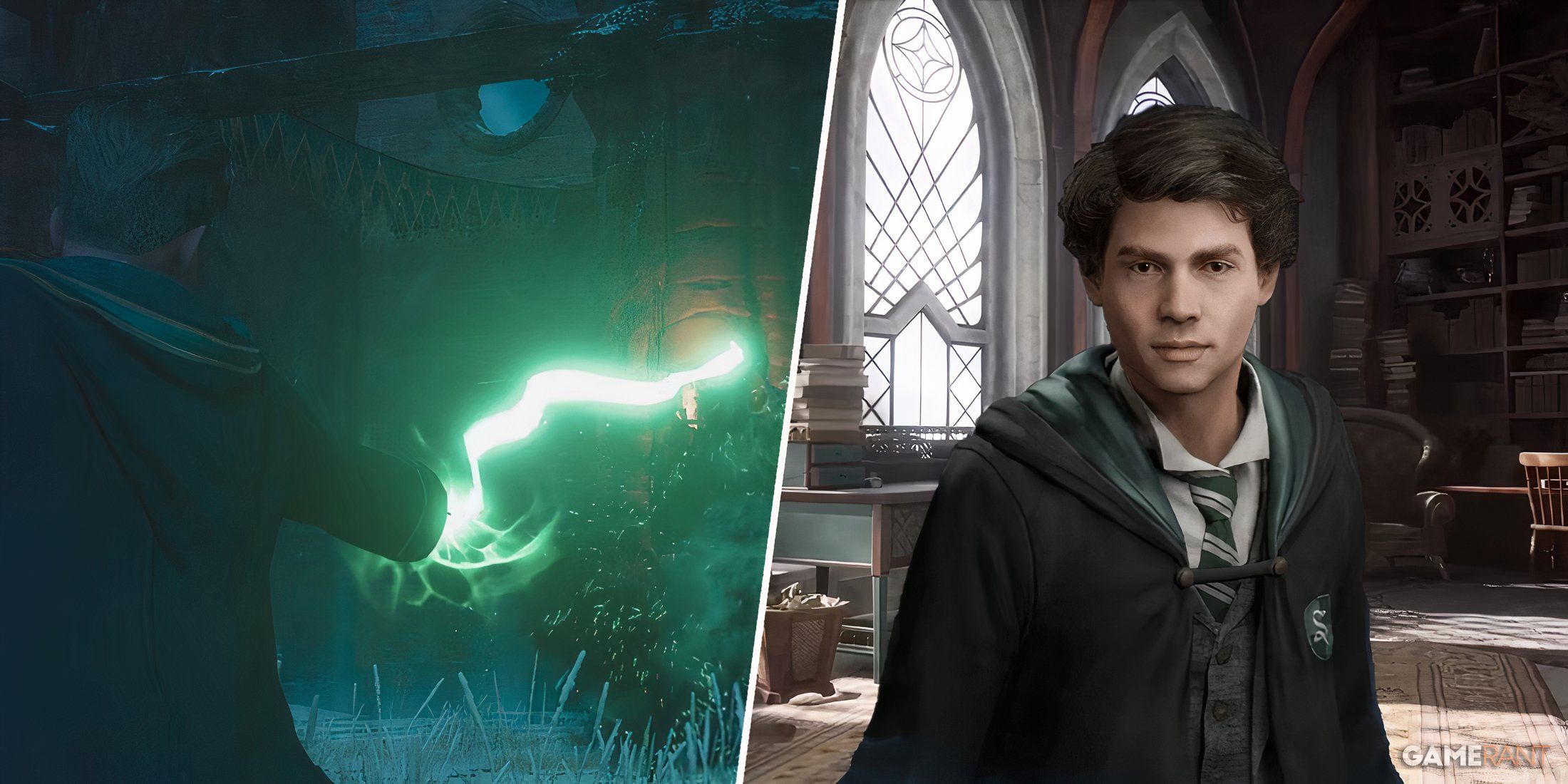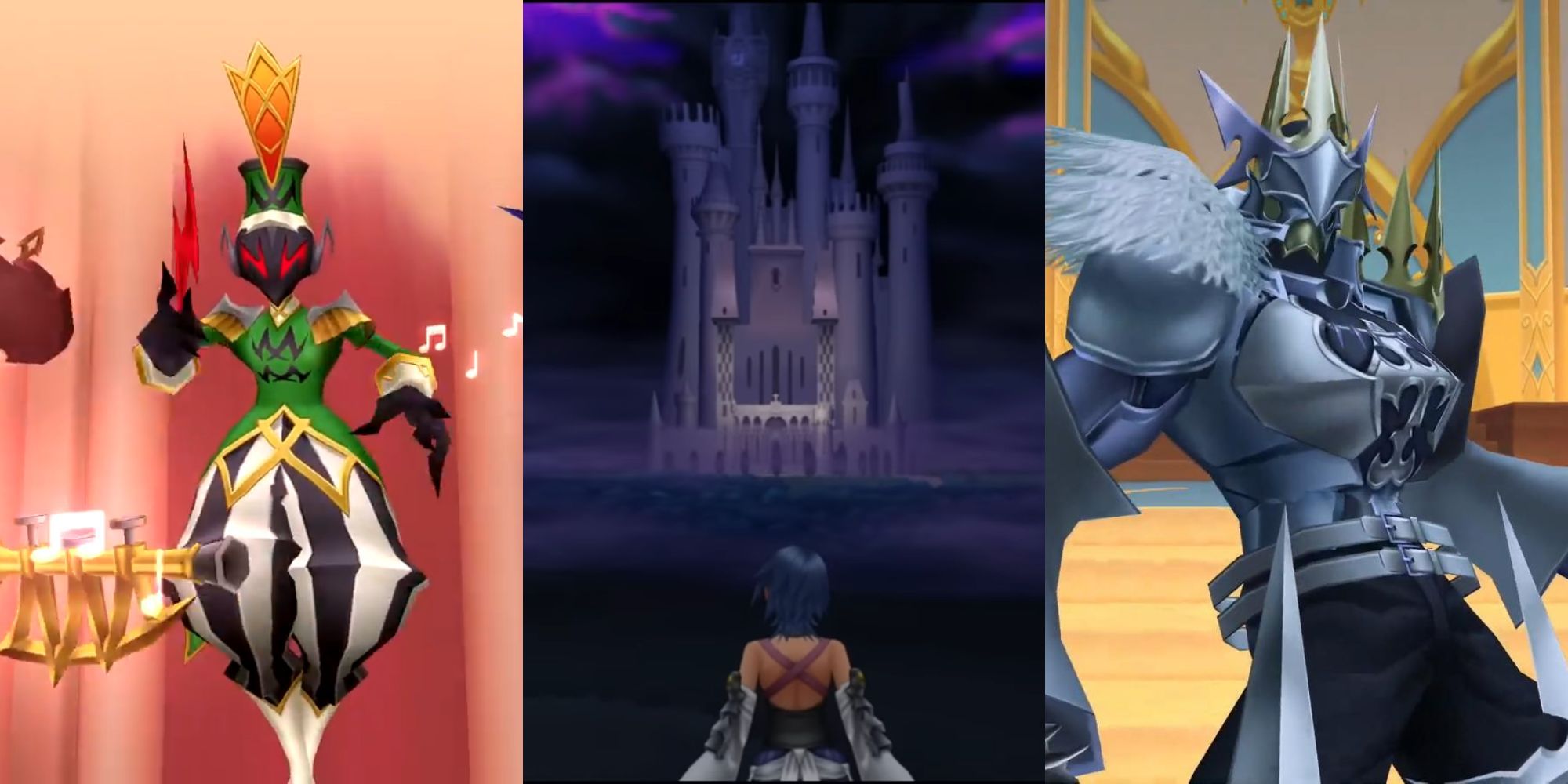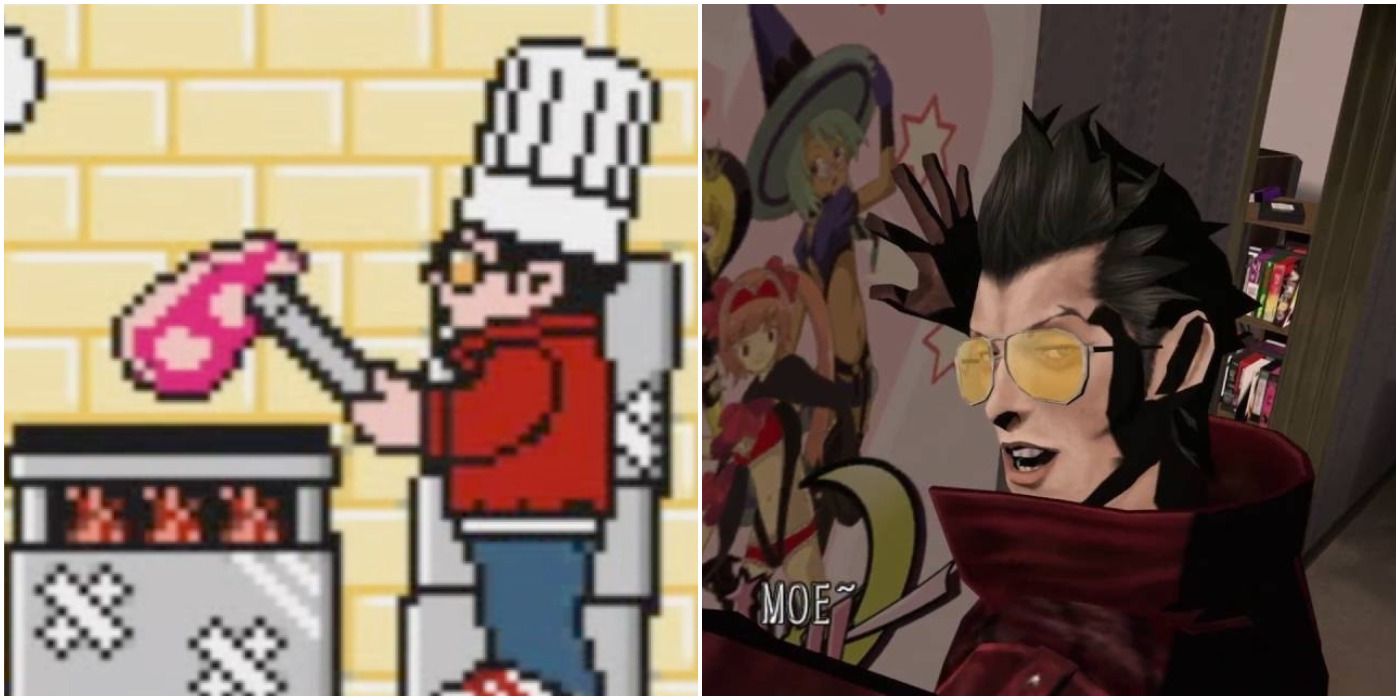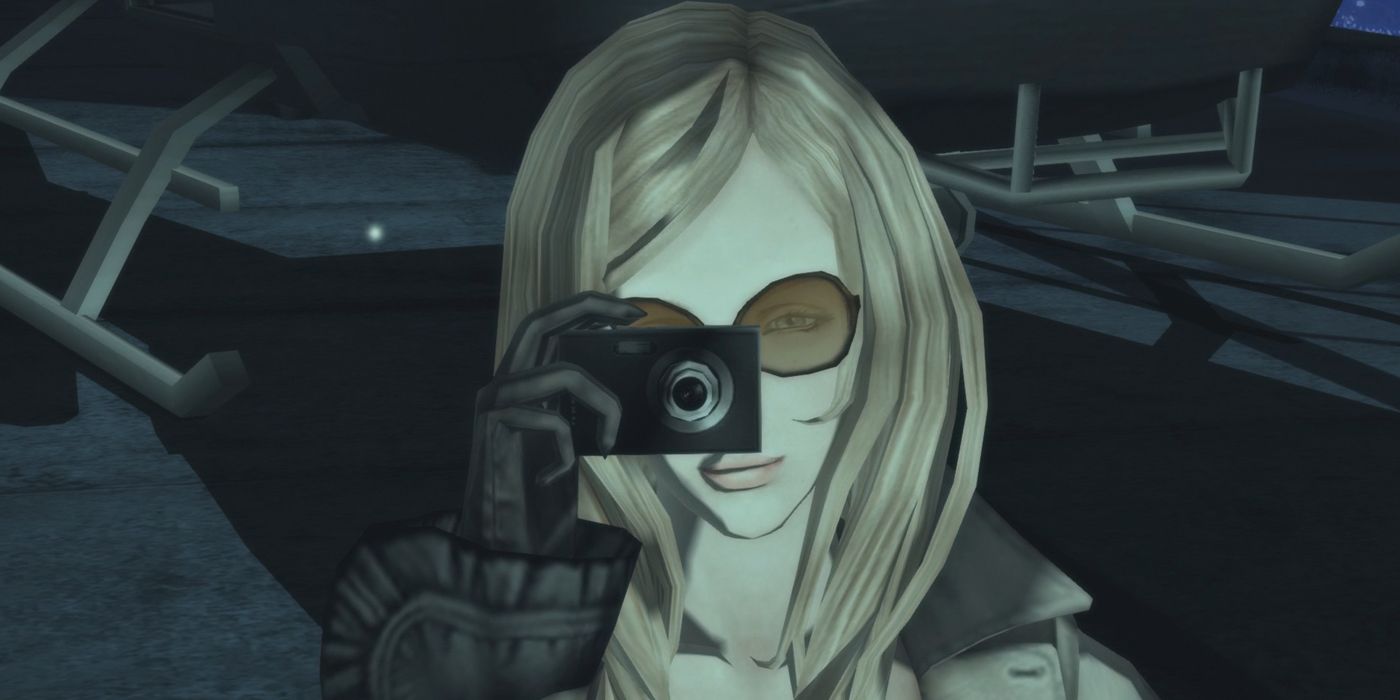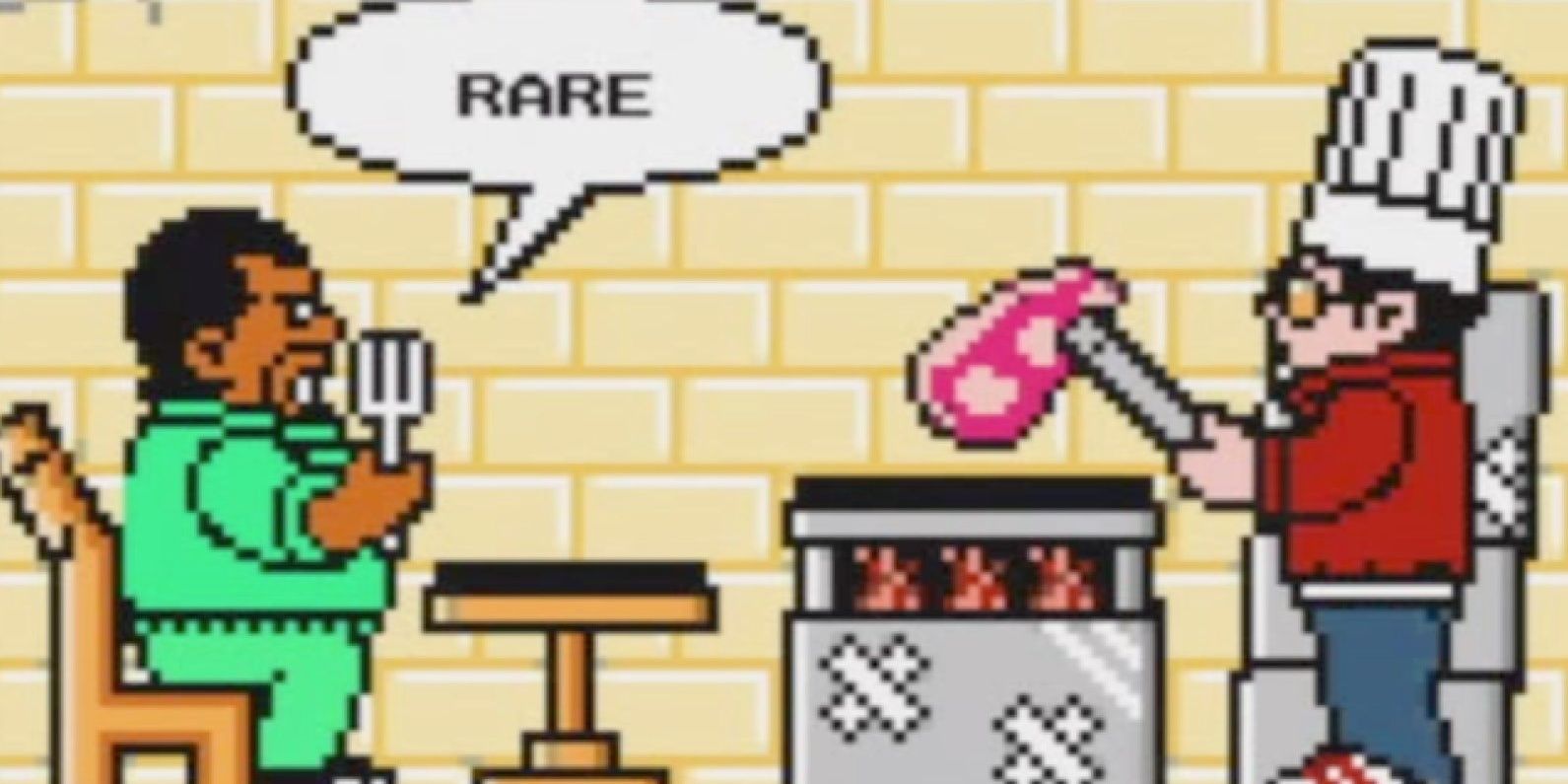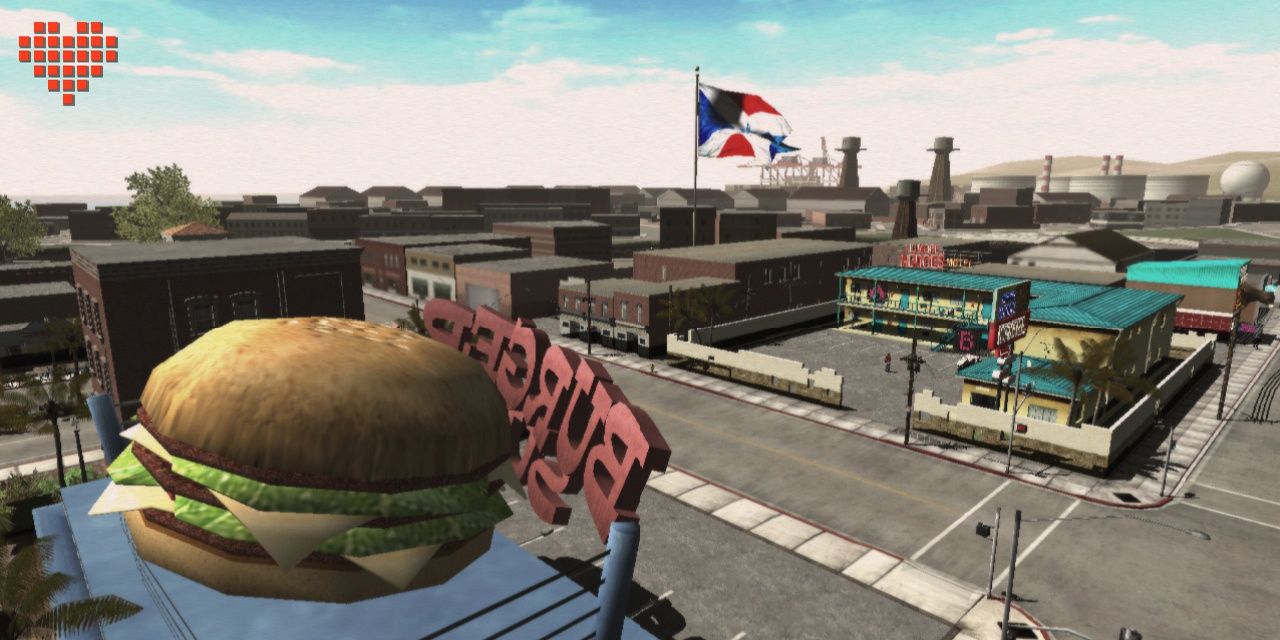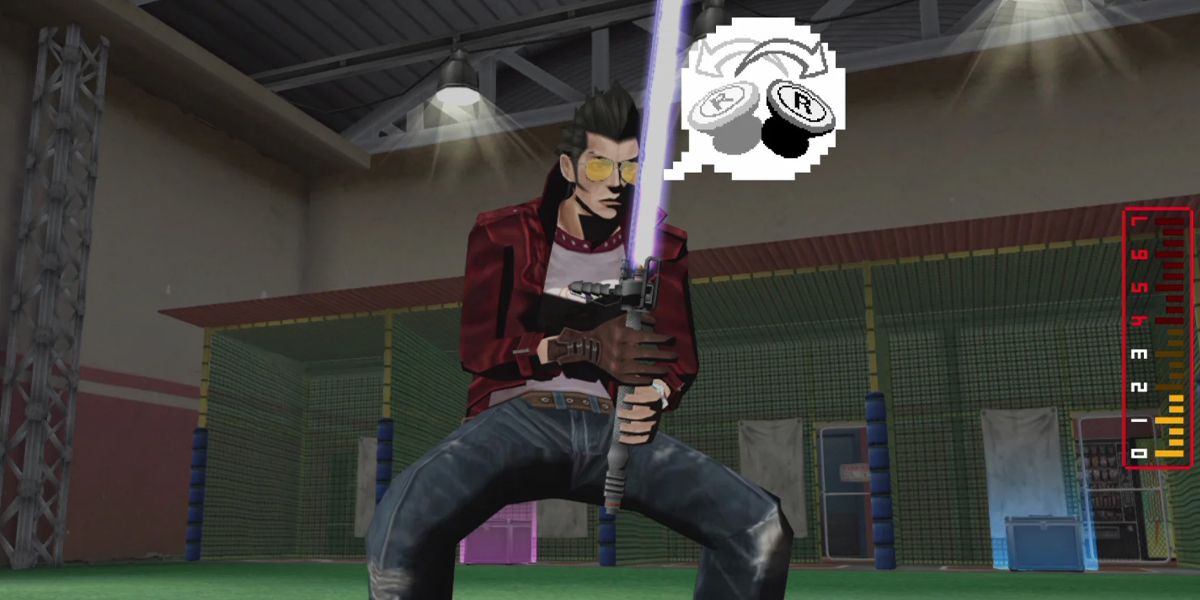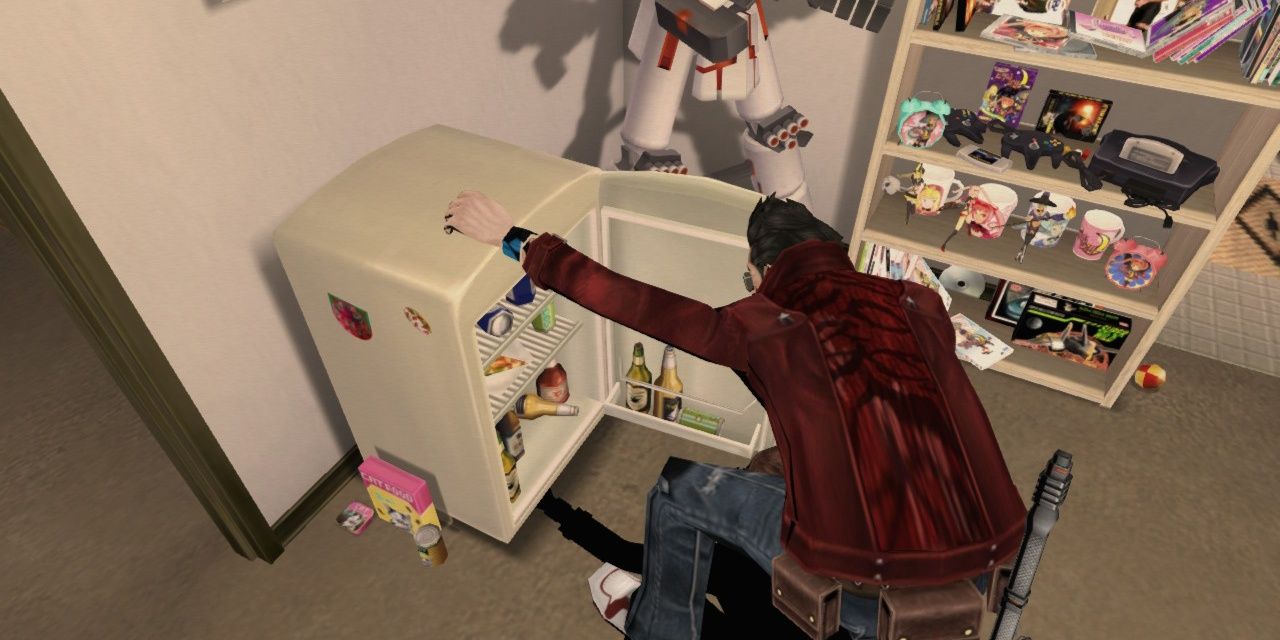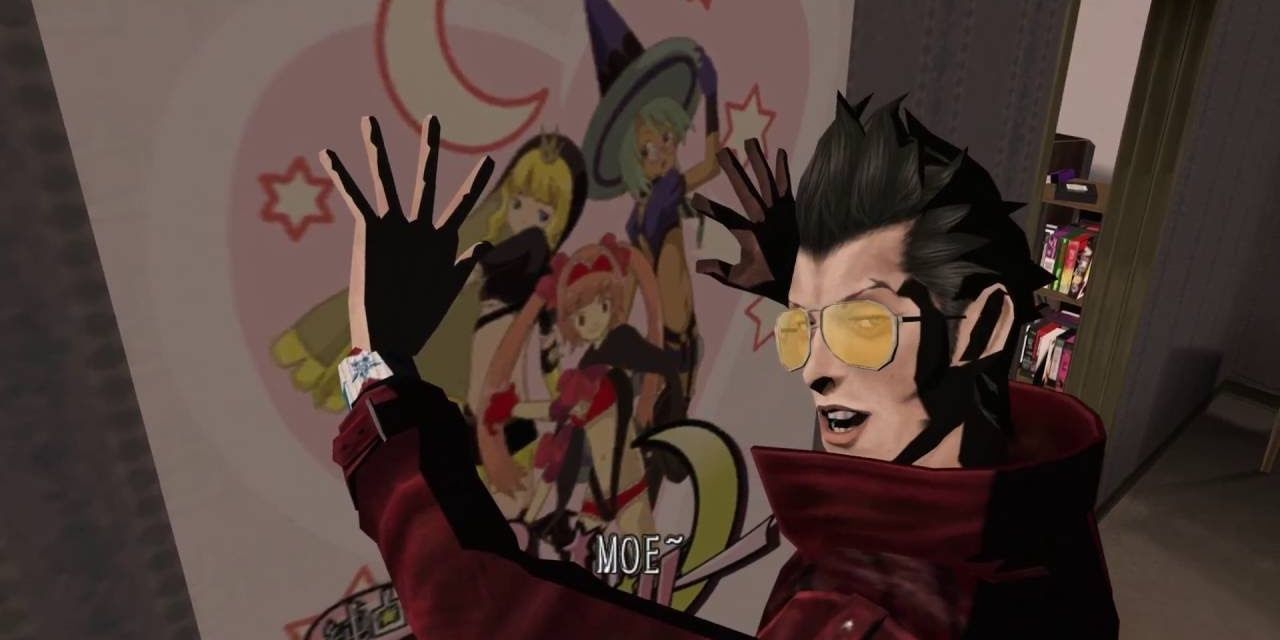No More Heroes and its sequel No More Heroes 2: Desperate Struggle were two of the biggest sleeper hits on Wii. From cult legend Suda51's studio Grasshopper Manufacture, the games are gory, hilarious, and a whole lot of fun. The much-anticipated No More Heroes III drops on Switch on August 27. The first games got HD remasters on the Switch last year, and on June 9th, they landed on Steam for PC players.
A PC port opens a game up to a whole lot of new players. No More Heroes and Desperate Struggle share the same engine and most of their core gameplay. There are, however, a few key differences. Pretty much every No More Heroes fan has played both, but newcomers might wonder whether to start with the first or skip right to the sequel.
Which Game Has A Higher Critical Score?
Metacritic is a pretty great place to check when comparing two video games. While no review is objective, the average of scores from many different sources is a decent benchmark. Both No More Heroes games have great scores. Great in a way that isn't helpful for this article - No More Heroes has a score of 83, and Desperate Struggle has a score of 84. So, in terms of critical reception, the two games are the same.
User reviews are a bit different - No More Heroes at 8.5, Desperate Struggle at 8.8. Still not much help. Also, keep in mind that many of these reviews were for the Wii versions of the games. They may not apply to the PC rerelease.
Desperate Struggle Has Better Minigames
Travis has to pay an entry fee before every boss fight, so he spends a decent portion of his time doing odd jobs for cash. In No More Heroes, these jobs take place in the same engine as the fights themselves. They aren't horrible, but they're often awkward and a bit boring. Seeing the world-class assassin struggle to carry a single coconut is probably the highlight of these levels.
The jobs are still in Desperate Struggle, but they're completely different. This time around, they're retro-styled pixel games. The aforementioned coconut job becomes a side-scrolling platformer. They still aren't as fun as the combat, but they go down a lot easier. It's also very funny to hear customers cuss Travis out in crusty SNES audio when he cooks their steak wrong.
No More Heroes Has An Open World
No More Heroes is set in the fictional Californian city of Santa Destroy. The world is free-roaming. Travis can get around on foot or by riding his motorcycle. There are shops to visit and secrets to discover, but it's pretty empty overall. Critics at the time didn't like the open world, often calling it the game's biggest flaw. There's still something really special about the city. It makes the game feel very real.
The open world of the first game had its problems, sure. However, Desperate Struggle decided to nix it entirely. There are still many areas to visit, but you access them via a simple map screen. According to the developers and early footage, the open world was planned to stay in for the sequel. For whatever reason, they took it out somewhat late into the development cycle. The open world of Santa Destroy added a lot of charm to the first game, even if it was sometimes inconvenient. On the upside, No More Heroes III marks a return to the open world.
Desperate Struggle Has Smoother Gameplay
As an early adopter of the Wii's motion controls, No More Heroes' core gameplay can be spotty at times. The sequel fine-tuned the controls big time and gave the option to use a Classic controller. The core combat is much more fluid and less finicky. There are many quality-of-life changes as well, like swapping weapons mid-level.
Desperate Struggle also has multiple playable characters. However, you can only play as them for specific levels. You'll spend the vast majority of game time with Travis. Many players also think that the game is overall too easy compared to the first. There is an extra, harder difficulty mode, Bitter, but it only unlocks after beating the game on Sweet or Mild.
No More Heroes Has A Better Story
No More Heroes was originally a standalone game. According to Suda51, he "didn't want to make another No More Heroes. The game was supposed to be a one-off [...] when the title does well, sequels do happen." We'll try to keep spoilers to a minimum, but know that the first game's story is entirely self-contained. There's not much room for a sequel.
Desperate Struggle's story is not bad in any sense of the word. However, it has the trademark awkwardness of a sequel to a story that was intended to stand alone. The driving theme of the story is revenge. It explores that quite well at times. However, most of the meat of the story - Travis making his way through assassins - can feel pretty aimless. Also, be warned that the last boss of Desperate Struggle is occasionally cited as the worst final boss in gaming.
Conclusion
No More Heroes and Desperate Struggle are great games. They both have creative boss fights, excellent music, and hilarious writing. It seems like the first installment edges out in terms of quality. The fine-tuned gameplay is nice, but it can't make up for the less engrossing story.
All the No More Heroes games - including the divisive spin-off Travis Strikes Again - are part of one contiguous story. To get the full scope, you'll have to play through all three (soon to be four) games in release order. Our advice? Play No More Heroes first. If you really liked it and are invested in the characters, there's no reason to not play Desperate Struggle.

